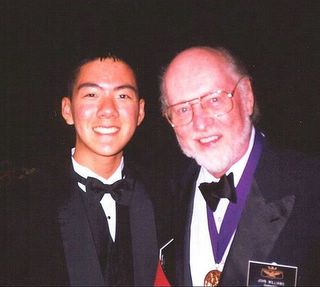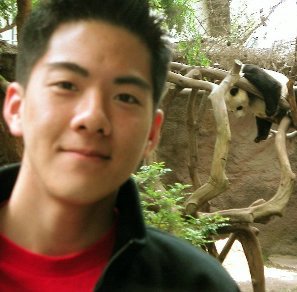closer to home
writing my last few posts, i've discovered that it's awfully hard to explain broad physiologic principles in just a couple paragraphs. not only that, it's a bit of a waste for me to regurgitate concepts that i'm already familiar with, just for the sake of continuity. so i'm gonna scratch that plan and go back to what worked before my comp--sporadic, on-demand posts. at first i was worried that i wouldn't have enough material to untangle, but now, in retrospect, that was a rather hubristic concern. there are more than enough relevant--albeit random--questions that pop up in the course of my day, so i'll address those instead in this space.
so, where better to begin than my current laboratory project. here's the idea (as always, i will try to make this palatable):
as i mentioned before, there's been a shift in thought regarding coronary artery disease (CAD), from a paradigm of progressively clogged vessels to the current understanding of arterial inflammation. arteries, it turns out, become inflamed as the result of what i like to call "molecular irritants," e.g. cholesterol, fats, etc, the same way a mosquito bite becomes red and swollen after you scratch it. there is still clogging and narrowing of arteries, but these deposits alone do not cause, say, a heart attack. rather, inflammation of arteries renders these deposits unstable, causing them eventually to break free and float downstream until they clog a narrow vessel like a coronary artery.
as a result of this new understanding, inflammation has become an attractive target of research. my project concerns the effect of the nervous system on inflammation. (a quick fyi on the autonomic nervous system: there are two pathways that govern your body's reflexive response to stimuli--sympathetic and parasympathetic. sympathetic activation is the famous "fight-or-flight" reflex. parasympathetic activation is the opposite.) it's been shown that parasympathetic stimulation results in decreased activation of an important inflammatory cell--the macrophage. specifically, a receptor for the parasympathetic neurotransmitter acetylcholine resides on the surface of macrophages, and it's also been shown that mutations in the alpha-subunit of this receptor results in a loss of the anti-inflammatory effect imparted by parasympathetic activity. furthermore, these mutations have been characterized at the DNA level, so that the specific genetic sequence underlying each of these mutations is known.
my hypothesis, then, is that these genetic variations, because they result in a loss of anti-inflammatory "protection," may be found in those patients who suffer from premature CAD. for the past ten years, the cleveland clinic has been assembling a database of CAD patients' genetic profiles. using that database, i'll be sequencing the macrophage receptor alpha-subunit gene (the promoter for the gene, to be precise) and looking for a statistically-significant prevalence of gene mutations compared to a population of normal control individuals. nothing too complicated--just an old fashioned case-control association study.
if i'm violating some kind of unwritten rule, where one can't divulge your research interests until publication, i apologize in advance... to no one.



